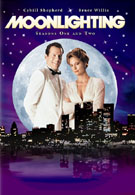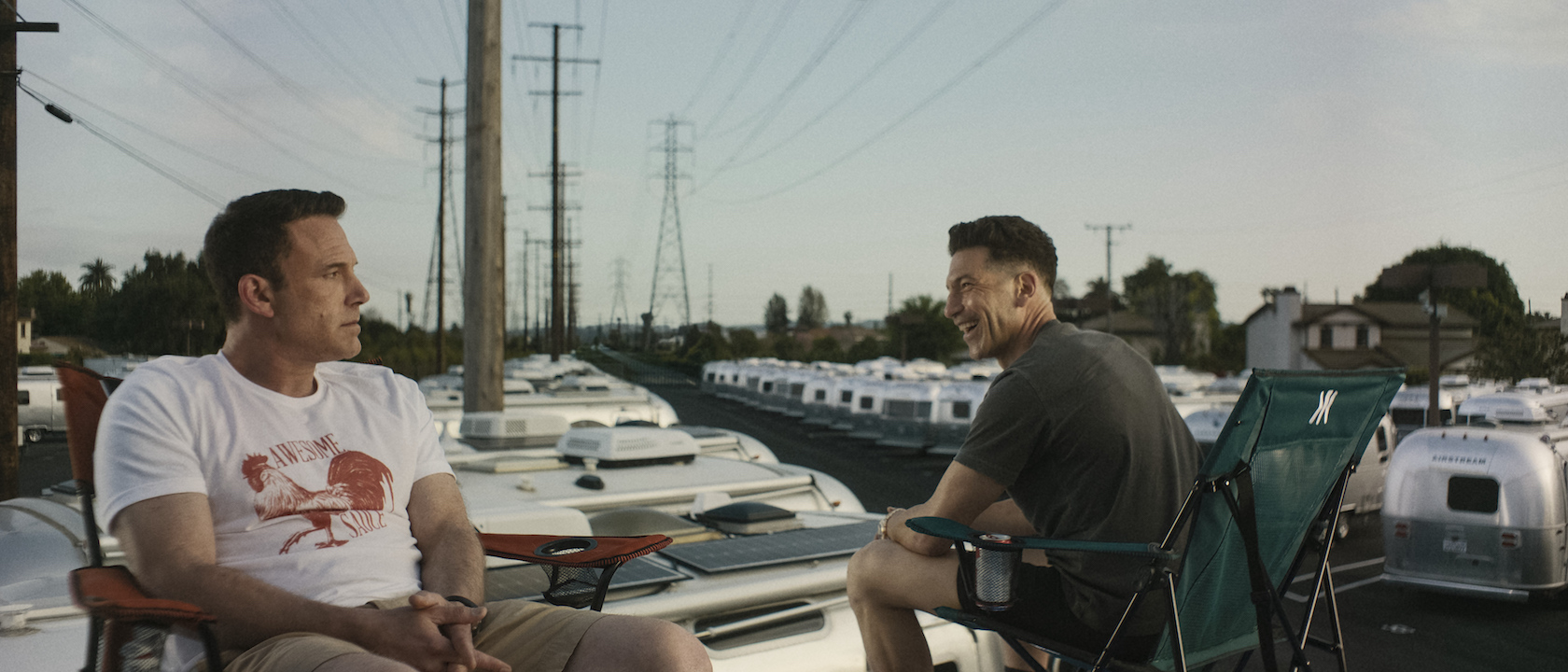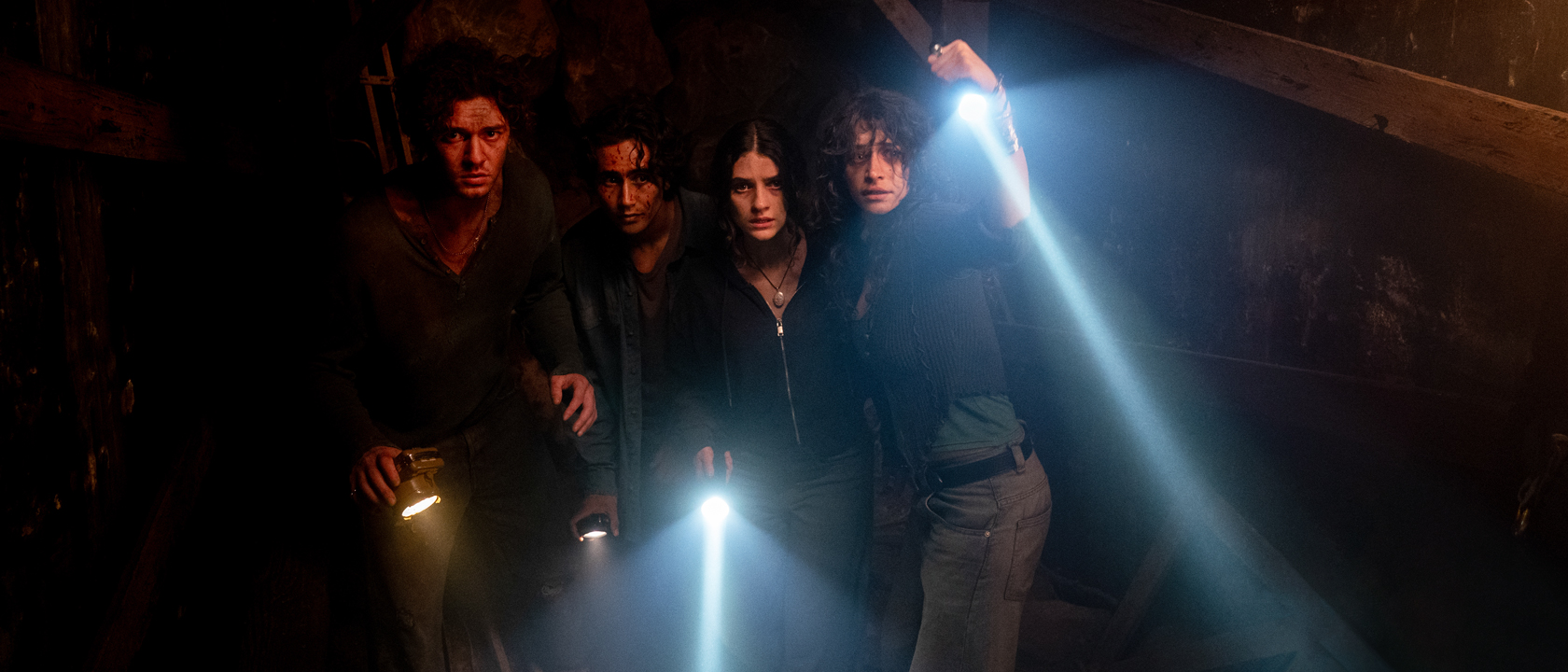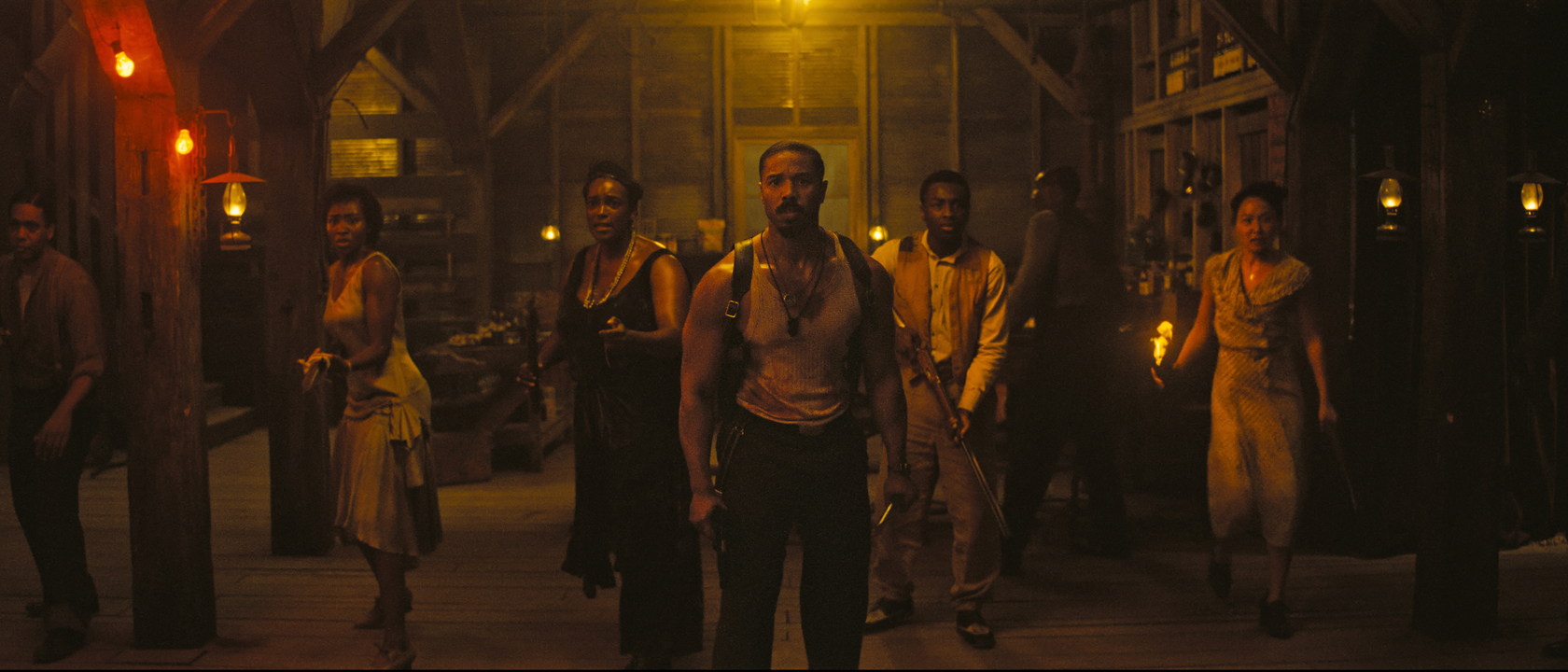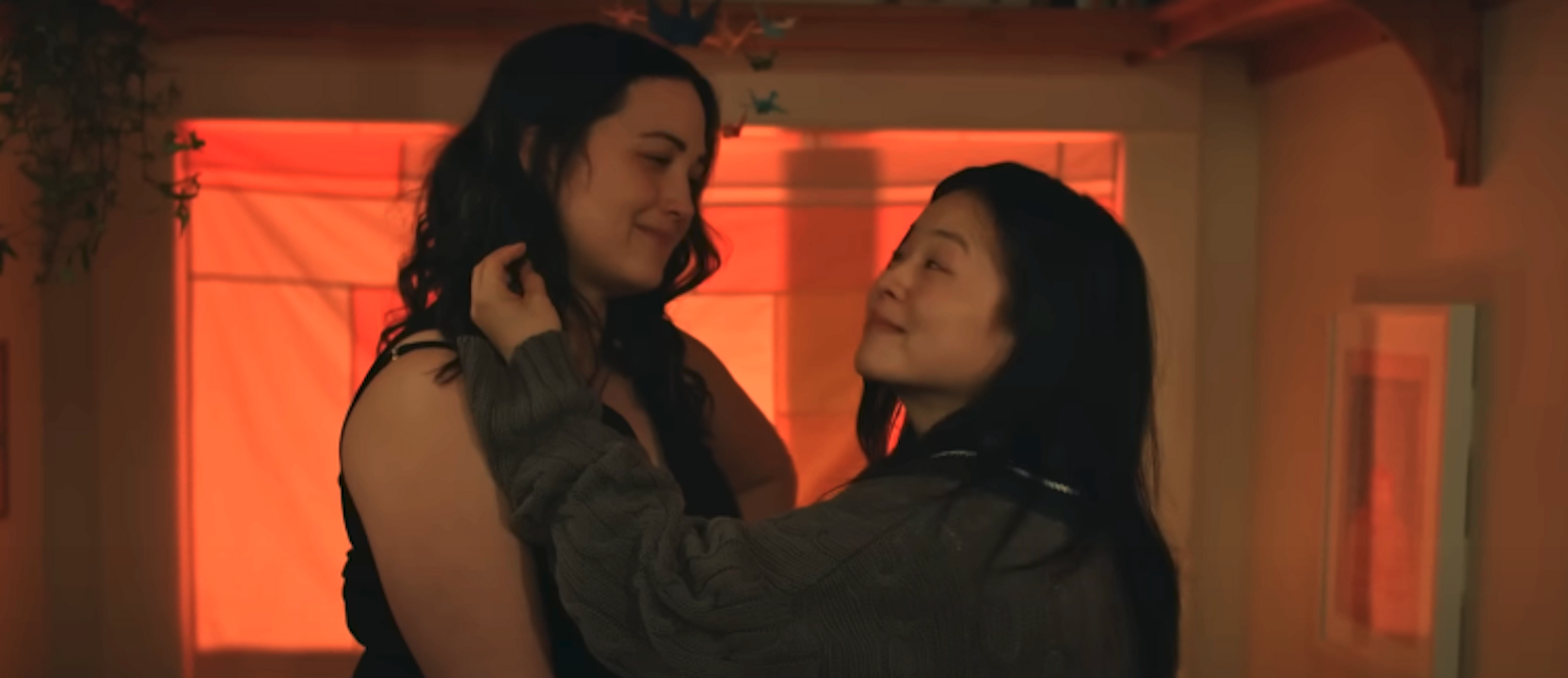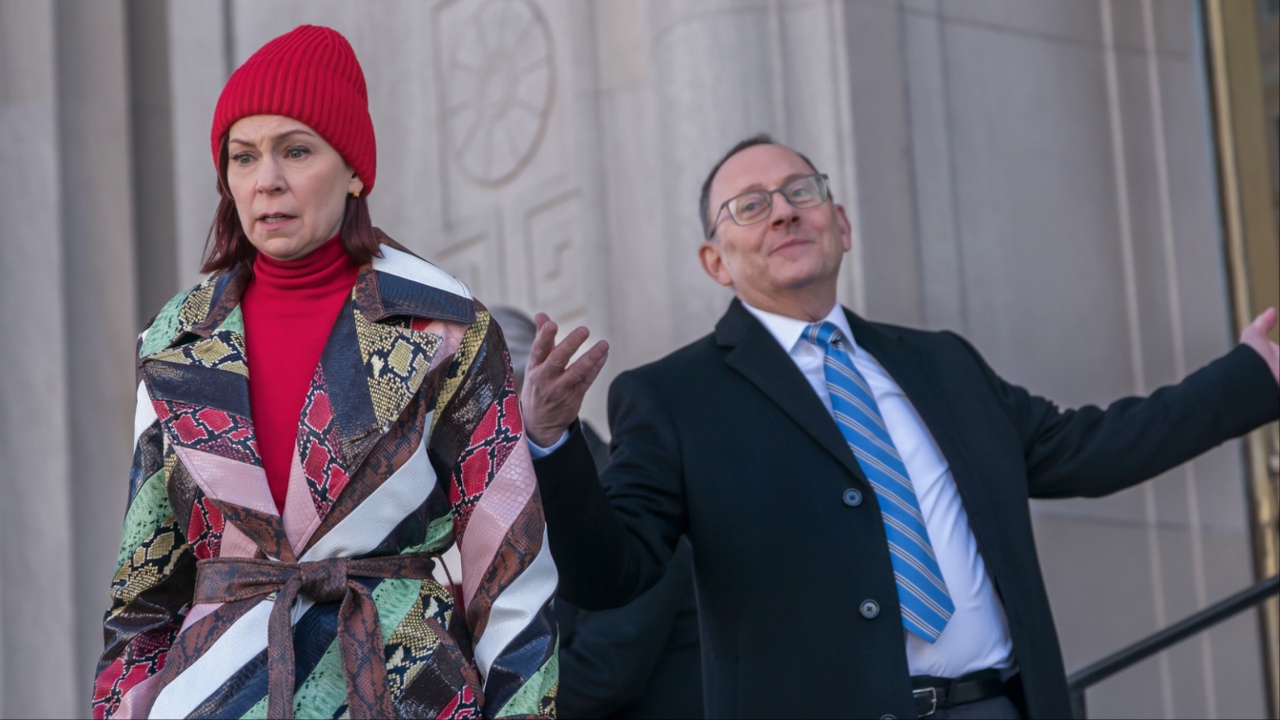You might remember 80’s television as exclusively populated with talking cars, vengeful helicopters, and crusading Vietnam Vets; but there was a lot more to the decade than that. They also had detective shows. In an era where the airwaves were flooded with them, “Moonlighting” soldiered in with its own take on the detective genre and made fun of the fact that when it came to gumshoes, everyone was pretty sick of them. “Moonlighting” differentiated itself from the pack by focusing more on character interaction than crime solving. Creator Glen Gordon Carson concluded that no one really cared about whether they solved the case or not, his audience was more interested in whether or not David and Maddie kissed. He was right. It worked. In point of fact, more often than not the show didn’t bother with crime fighting at all. More than one episode starts a mystery, only to wrap it up with some wacky fourth wall breaking comedy bit, leaving the mystery itself completely unsolved. Even Maddie at some point comments that they never really solve any cases; it’s more like they occasionally stumble into the solution through dumb luck. It didn’t matter, the clues were irrelevant. The show was a relationship drama/comedy built on the backs of a detective premise. The detective premise was simply an excuse to force two very different main characters to stay together and interact. I guess the idea was that opposites don’t attract, unless they’re sent forcibly crashing into one another.
Perhaps I’m getting ahead of myself. Maybe you’ve never seen “Moonlighting” and thus don’t know what I’m talking about. To recap, “Moonlighting” was the zenith of 80’s television. High concept drama that managed to be both critically praised and publicly popular, it barreled onto the scene in 1985 doing everything that television shows simply weren’t supposed to do. It starred a fairly well known ex-model named Cybill Shepherd and some cocky, funny looking nobody named Bruce Willis. Created by Glen Gordon Carson because his contract required that he put together a detective show against his wishes, Carson was trying to do something that wouldn’t equal totally selling out. The really strange thing about it isn’t so much that he made it, but that it actually got on the air.
In the pilot, prima donna ex-model Maddie Hayes (Cybill Shepherd) loses her fortune when she’s robbed by her accountant. Among her few remaining assets is a detective agency purchased as a tax shelter; an agency run by a charismatic, oddball shyster named David Addison (Bruce Willis). With nothing else left to her, Maddie takes over running the unprofitable detective agency directly. It’s unprofitable, because for the last few years her accountant had tasked them with losing money. Losing money was something David Addison did pretty well and so instead of getting clients and solving cases, he and his staff spent their days having limbo contests and singing karaoke. Obviously, this didn’t fly with Maddie Hayes.
Maddie and David are forced to team up and run the failing detective agency, which they rename “Blue Moon” in order to capitalize on Maddie’s past fame as the Blue Moon shampoo girl. Maddie is there because she needs the money and David because his tremendous ego won’t let him leave to get another job. Also, we suspect that David may also be there because he wants to get in Maddie’s pants. Later, it’s because he actually likes her.
The show kicks off from there, with each episode showcasing the two non-detectives attempting to solve cases and make enough cash to keep the agency afloat. They rarely get along and much of the show is spent in the car with the pair of them bickering. You can cut the sexual tension with a knife. Each episode inches their competitive relationship forward another tiny notch. In seasons one and two they never get together, though towards the end of season two they actually kiss. The next day they deny it, and the rather satisfying sexual frustration goes on.
That’s not to say there’s nothing to the show but “will they won’t they.” In a lot of ways, the series’ basic dynamic reminds me a lot of the Sci-Fi Channel’s underappreciated show “Farscape”, minus the aliens. Task Aeryn and Crichton with running a detective agency, and “Moonlighting” would almost certainly be the result. You might call David Addison a John Crichton prototype, engaging the audience through pop culture reference and his love of rock music. He’s a great character, made even more so for the way he plays off Shepherd’s Maddie Hayes. While on set the two of them apparently hated each other, in the series none of that shows. The chemistry is absolutely unmatched, they’re one of the best couples in entertainment history.
“Moonlighting’s” approach to television was completely no-holds barred. For instance, they were one of the first shows in their decade to do an all black and white show. When the television studio resisted, they called in Orson Welles to do a disclaimer intro. The Welles intro is particularly interesting, because he taped it only a week before his death. They weren’t stuck in the week in week out detective show format, leaving them to do things like a Christmas show in which David and Maddie walk off the set to sing Christmas carols with the camera crew, or an intro in which David and Maddie answer viewer mail. It didn’t matter what the week’s plot was, as long as the interaction between David and Maddie was nailed. It was. Every time.
If it’s been awhile since you’ve seen “Moonlighting”, stop down and revisit it. Its four year run was a landmark in television history, not just for launching the career of Bruce Willis but for simply being damned good. This is television at its risk taking best. The real shame here is that the show never made it past five seasons. Despite great ratings, constant fighting on the set and complete and total bitchiness on the part of Cybill Shepherd eventually ripped the thing apart. Yet it is perhaps that very tension which helped make the thing so good in the first place. That which burns brightest burns fastest. “Moonlighting” burned out fast, but while lit it was white hot. I’ve finally resigned myself to lowering my expectations where these television sets are concerned. They’re never going to do one absolutely right, it’s time we all just got used to close enough. That said, “Moonlighting Seasons One and Two” does a fine job of being close enough, with a nice set of multiple commentaries, making of documentaries, fan interviews, and yes, even original “Moonlighting” commercials!
One of the things I really like about what Lion’s Gate Home Entertainment has done with this set is the way they’ve spaced all the extras out throughout. Disc One contains the pilot episode and a few other season one episodes. But it also contains old advertisements for the pilot, a commentary track for the pilot, and part one of a making of documentary. Part two is on the last disc of the set, along with fan interviews about the impact of the show and the final episodes of season two. In between the first and the last disc is of course a stack of other discs containing the meat of the show’s episodes. But to break it up, they’ve also snuck some commentary tracks in with those. Most TV sets, if they offer commentary at all only offer it on the pilot. But “Moonlighting” has commentary on multiple episodes, all from different people including a track each for Allyce Beasely (rhyming receptionist Agnes DiPesto), Bruce Willis, and Cybill Shepherd.
It’s actually pretty wonderful how willing the cast and crew was to participate in putting this thing together, especially considering how notorious the in-fighting was on set. In all likelihood, they aren’t very fond of each other but have put that aside to really make something nice for their fans. Willis in particular didn’t need to do this, he’s a mega-star now and really above it. A lot of actors in his position try to distance themselves from their roots, but he’s here happily doing great commentary and participating in interviews about the process of making the show. Granted, there’s no point where you’ll see or hear him and Cybill Shepherd together, but that’s to be expected. If there’s any disappointment to be had in all this cast and crew interaction it’s in their refusal to directly address any of the rumored set problems. At one point Cybill Shepherd jokes about a chair throwing incident, but for the most part everyone goes on as if there’s no hard feelings. At least the set tension isn’t completely ignored, it is mentioned, just not discussed in depth. Perhaps that sort of frank reveal is too much to ask.
If there’s any other disappointment to be had, it’s that there aren’t more old commercials for the show included. In every commentary track, everyone involved in the show talks glowingly of the show advertisements that followed each episode. In fact, several cast members remark that they hope these ads are included on the DVD. They aren’t, and it’s a bit annoying when so many voices on the disc are calling for them. Still, they’ve at least included the original pilot promos, and that’s more than I’ve seen on any other television set.
“Moonlighting Season One and Two” is well put together package, and the patience of fans has really been rewarded. It’s a must have for anyone… well actually everyone. If you haven’t see “Moonlighting” before now’s the time to start. If you have, then you’re probably already on your way out to buy the season one and two set. Don’t leave it out of your collection.
I Thought Elsbeth's Bloody Judge Crawford Twist Had To Be A Fake Out, But Now I Have Questions For The Season 2 Finale
A24’s The Legend Of Ochi Hired A YouTuber Making Bird Sounds In His Basement To Work On The Movie, And I'm Wowed By The Whole Process
Charli XCX Is Not Going To Be In Greta Gerwig's Narnia Movie After All, But I'm Psyched That We're Still Getting A Barbie Reunion Thanks To New Casting
